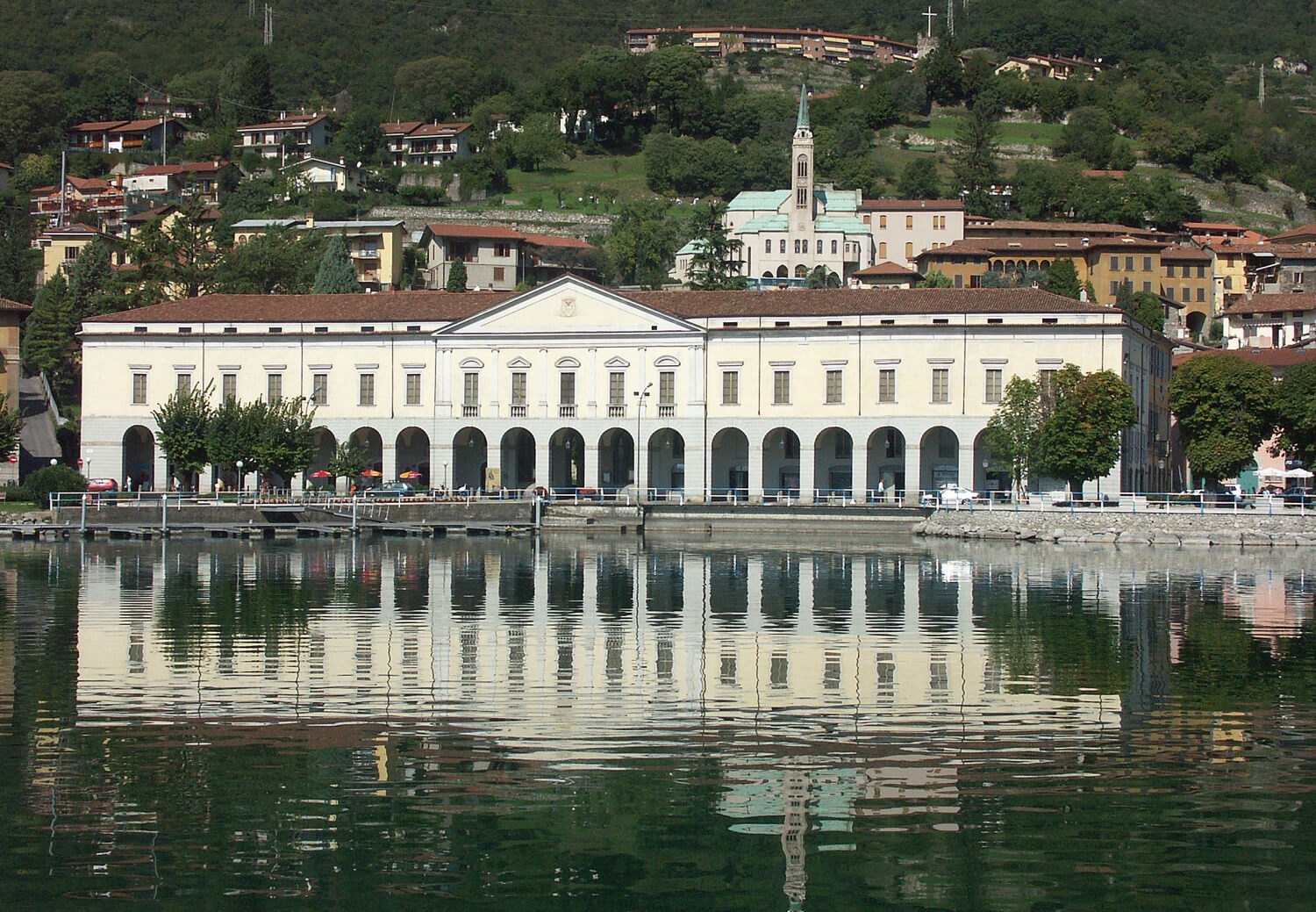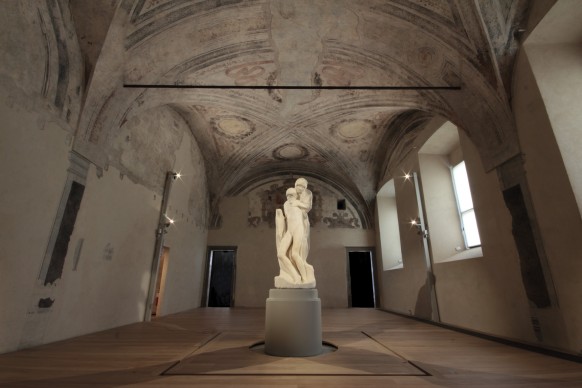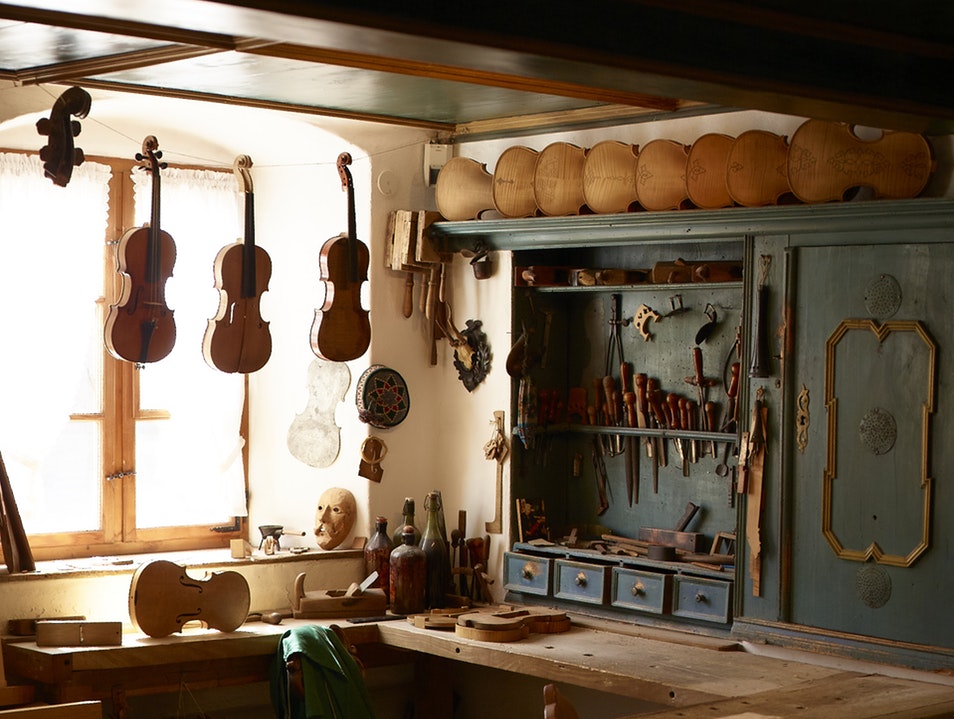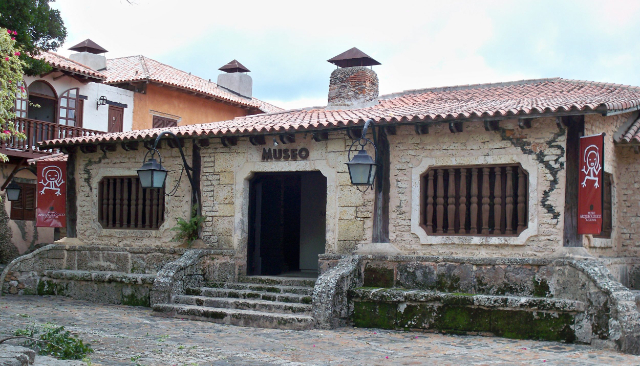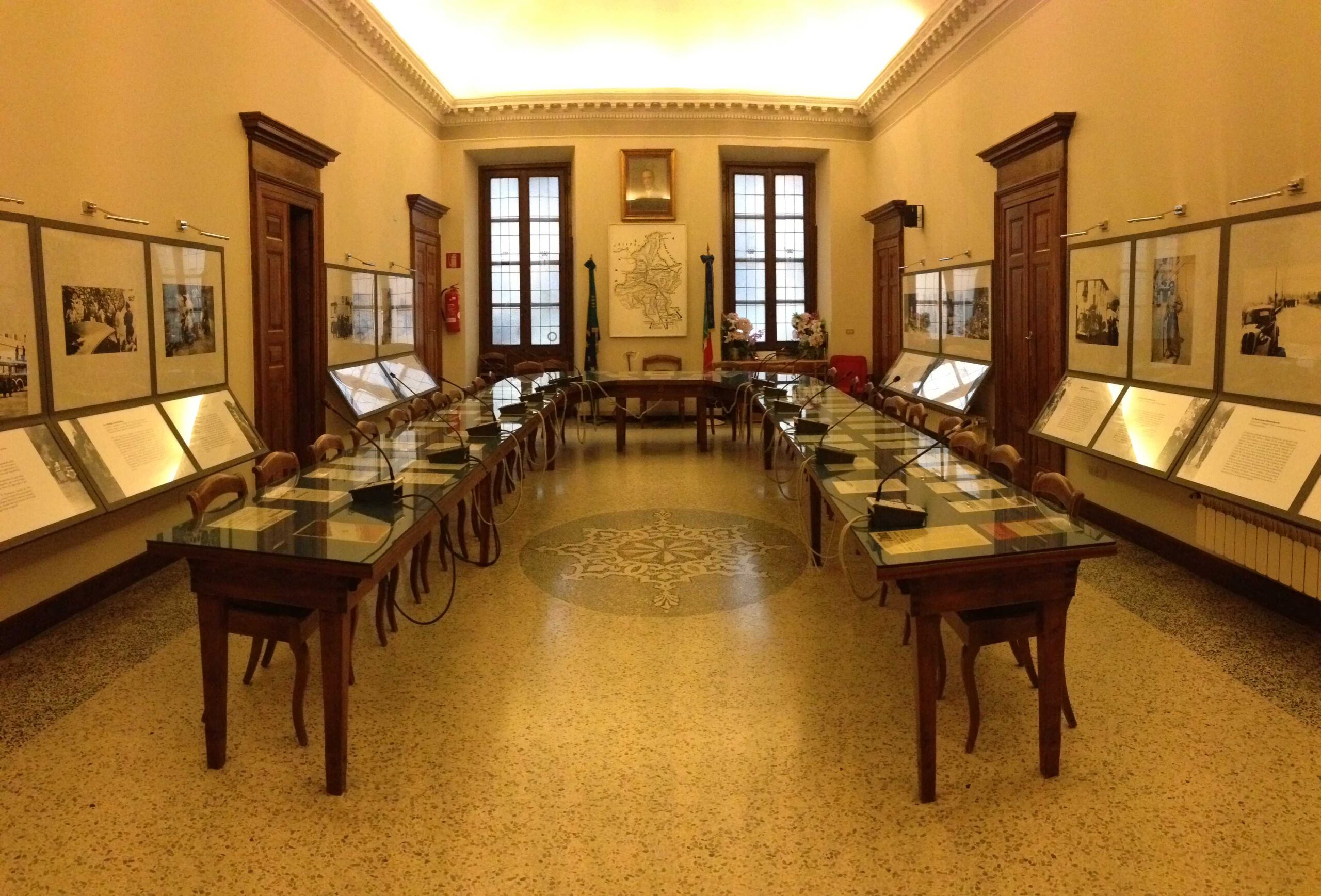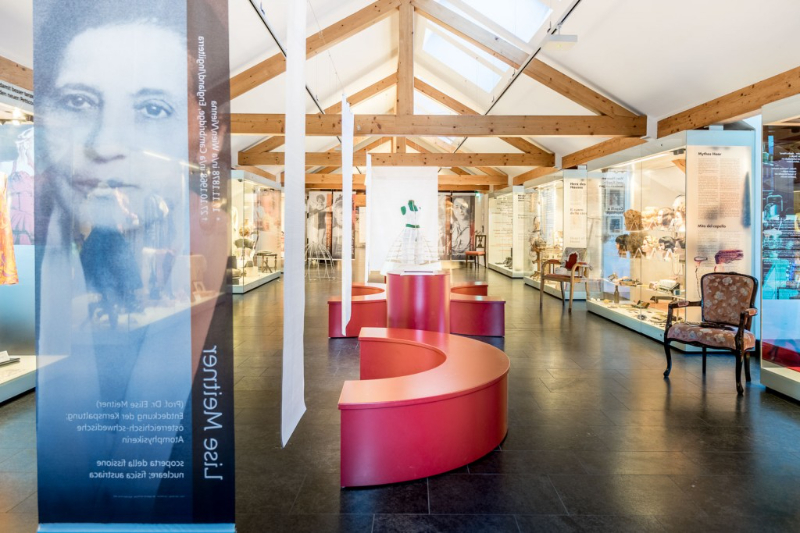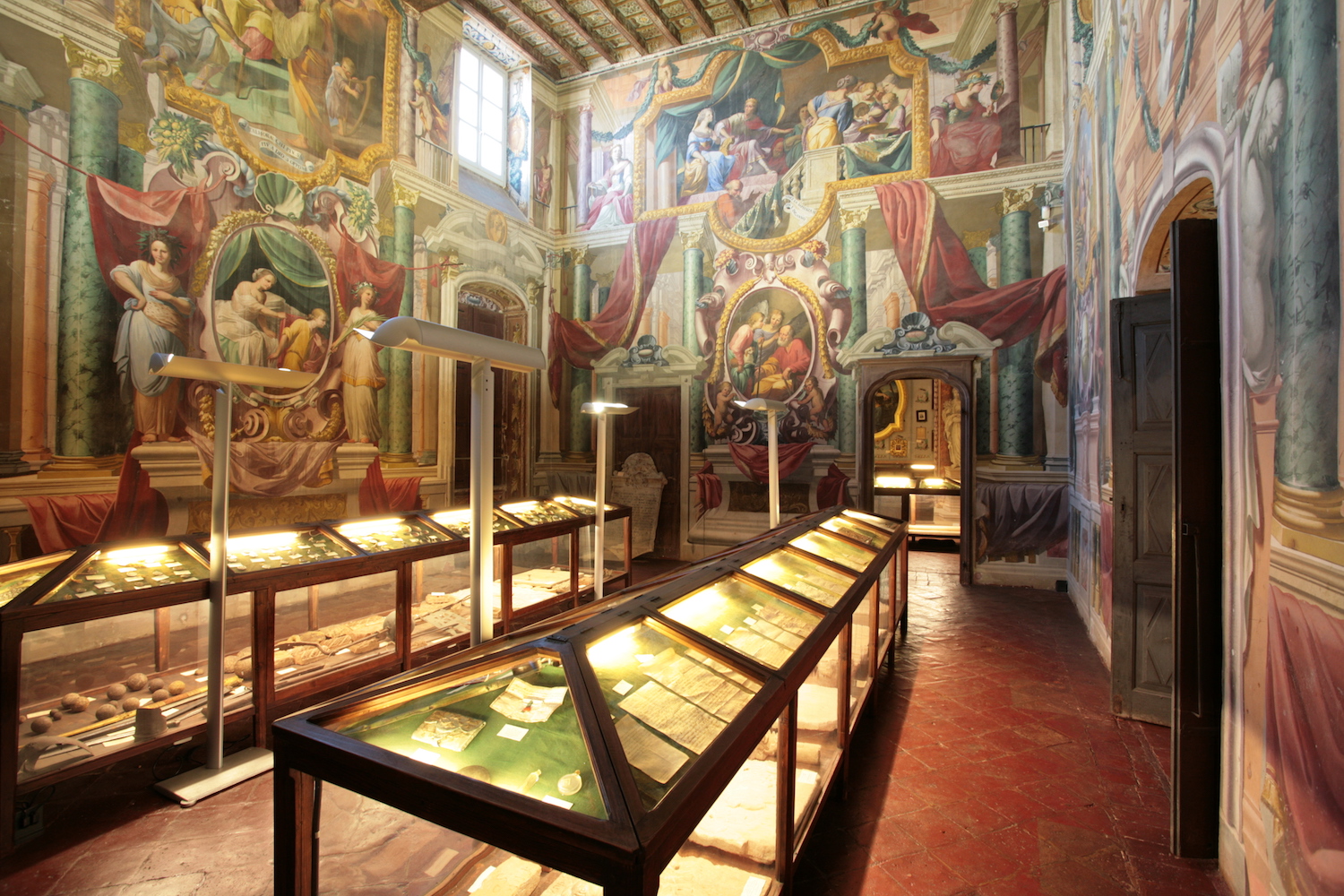The collection collected by Count Luigi Tadini reflects the variety of interests of an aristocrat who grew up in the climate of the Lombard Enlightenment and who collected works of literature, philosophy, history and science in his library. His interests are in fact aimed at the most varied expressions of art, technique and nature: alongside paintings, sculptures, drawings and engravings he collected porcelain, and then minerals, fossils and stuffed animals.
In 1827 Tadini had all the collections that until then had been exhibited in the ten rooms of his private residence transferred from Crema and arranged them directly, "under his direction and supervision" during his last two years of life, in the rooms of the new palace in Lovere, one of the first museums in Lombardy.
The heart of the collection are the works of Antonio Canova, with whom Count Tadini had a privileged relationship, to which were added over time those of the sculptor Giovanni Maria Benzoni, who began his training at the Accademia Tadini and then established himself as one of the protagonists of nineteenth-century Italian sculpture.
The paintings collected in the Gallery – masterpieces by Jacopo Bellini, Paris Bordon, Fra Galgario – offer an interesting documentation of Italian painting culture from the fourteenth to the early nineteenth century.
It is Count Tadini himself who tells us how the collection of paintings that forms the pride of the Academy was formed: "A few beautiful paintings I had in my houses in Verona and the countryside but to make many purchases in this genre, was the suppression of many monasteries and churches, and the needs of many ancient families, so they sold some works of art at very low prices in public auctions.
The preferences for ancient painting are oriented towards the Venetian and Venetian Renaissance, with works by Jacopo Bellini, Francesco Benaglio, Gerolamo da Treviso, Paris Bordon.
Significant is the presence of 17th and 18th century works, collected when the current taste was for classicism in its various expressions rather than the Baroque: thus the works of Carlo Francesco Nuvolone, Pietro Ricchi, Bernardino Fusari, Carlo Maratta, fra’ Galgario landed in the Gallery.
Unfortunately, unlike his other contemporaries such as the Brescian Paolo Tosio, Count Tadini was not interested in contemporary painting: almost all 19th century works arrived in the Gallery after his death.
